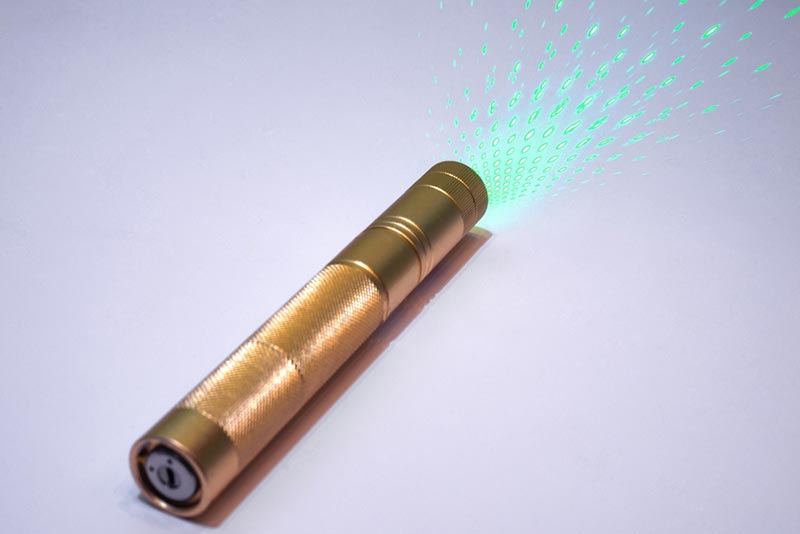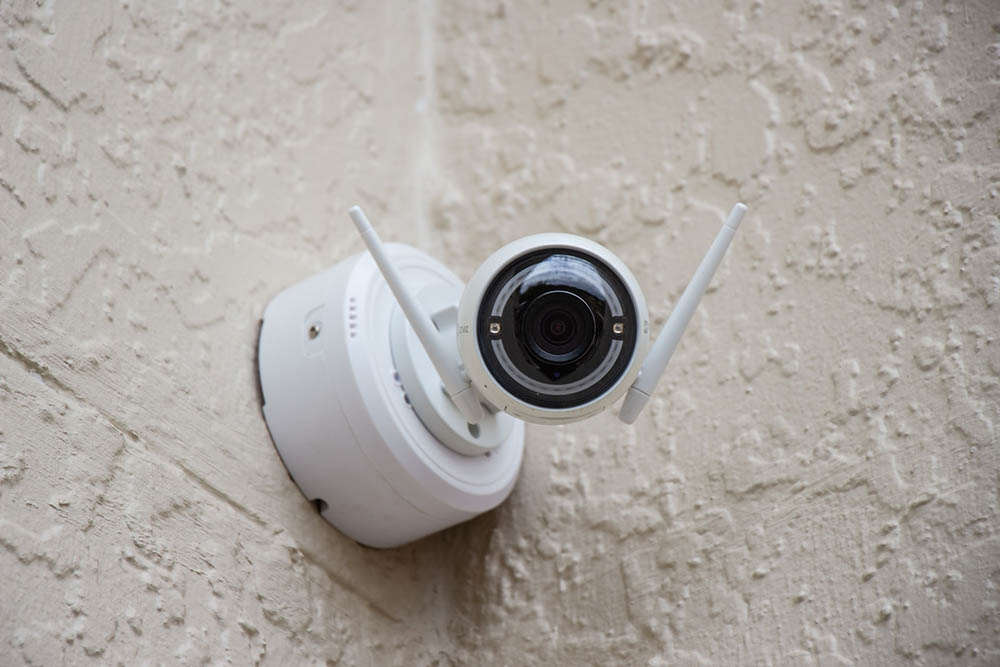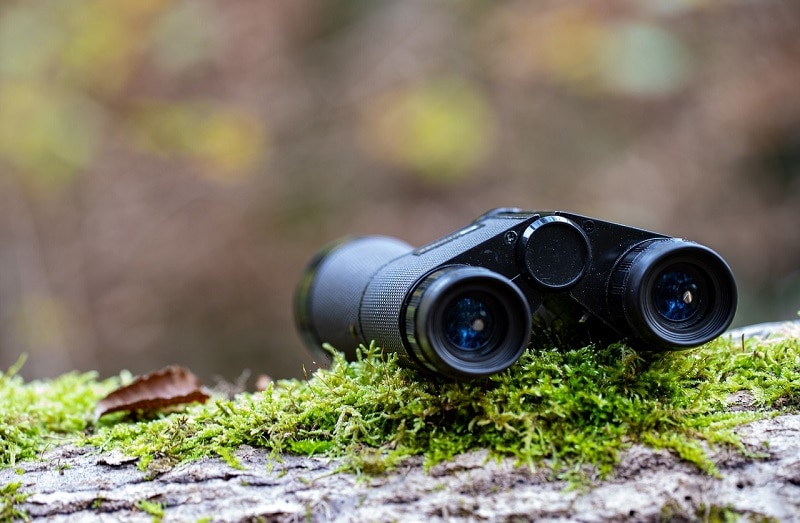Category Archives for Optics
How to Photograph Real Estate: 6 Tips and Tricks

One of the smartest ways to monetize your photography skills is to take pictures of homes for sale. Of course, we don’t mean you should snap photos of random houses – but rather, to find listings and real estate agents that need your help to sell properties. This is a lucrative business with tons of […]
Continue readingCan a Laser Pointer Reach the Moon? The Surprising Answer!

When you shine a laser pointer at something, a small dot appears, and it doesn’t seem to matter how far away you are. What if you aimed that laser pointer skyward, at the Moon? Would the light actually make it there? If there was an astronaut on the surface of the Moon, would they notice […]
Continue readingEurasian Nuthatch: Field Guide, Pictures, Habitat & Info

The Eurasian Nuthatch is a small, stocky songbird with a distinctive blue-grey upper body, white underparts, and a black cap. It has a strong, slightly down-curved bill, which it uses to pry open tree bark in search of insects. This nuthatch is found in woodlands throughout Europe and Asia. It often nests in tree cavities […]
Continue readingWhat Is Motion Blur & How Do I Use It? Photography Basics Explained

Motion blur is a tricky yet beautiful effect that photographers use to blur or smear a moving object. The intent is to make static images look dynamic in a good way. When using motion blur, the rule of thumb is to keep the camera still while the subject moves. The resulting photos have an aesthetic […]
Continue readingWhat Are Fiber Optics & How Do They Work?

Fiber optics are long, thin strands of very pure glass about the thickness of human hair. They come in bundles called optical cables and transmit light signals over long distances. Fiber optics work by transmitting light through the fibers. The light is bounced off the walls of the fiber at a very high speed. Thus, […]
Continue readingWhat Are CCTV Cameras? Pros, Cons, Uses, & Types

Most people have probably been unwittingly caught on CCTV more than once in their lives. In fact, research shows¹ that the average American is caught on CCTV 238 times per week. But what are CCTV cameras, and how do they work? CCTV stands for Closed Circuit Television, but you may have heard people refer to it […]
Continue readingWhat Does the Flu Look Like Under a Microscope? Facts & FAQ

Everyone gets the flu now and then, but have you ever wondered what it looks like? Of course, we can’t see what the common flu looks like from our naked eye. After all, it’s just bacteria. Luckily, the electron microscope is the most efficient tool to look at bacteria closely. Up close, the flu has […]
Continue readingWhat Is Ultraviolet Light (Ultraviolet Radiation)? Pros, Cons, & FAQ

Ultraviolet (UV) light is electromagnetic radiation. It has a wavelength ranging from 10 nanometers to 400 nanometers (nm). The wavelength of light refers to the distance between two wave peaks. The shorter the wavelength, the higher the energy of the radiation. UV light has a shorter wavelength than visible light. That’s why it has more […]
Continue readingWhat Does 10×42 Mean in Binoculars? Tips, Facts, & FAQ

If you’re searching for a new binocular, you’ve probably seen numbers like 10×42 or 8×32 on them. At first, these binocular numbers may seem hard to decipher, but understanding them is crucial for buying the right pair. Don’t be confused if you’ve come across a pair of 10×42 binoculars. Keep reading to find out what […]
Continue reading3 Types of Satellite Imagery in 2024 (With Pictures)

The first satellite image of Earth was captured in 1959 by Explorer 6. The satellite’s primary mission was to study electrical and magnetic fields in the upper atmosphere, but it was also equipped with devices to record cloud cover. That first image, which was of the Pacific Ocean, took 40 minutes to be relayed back […]
Continue reading